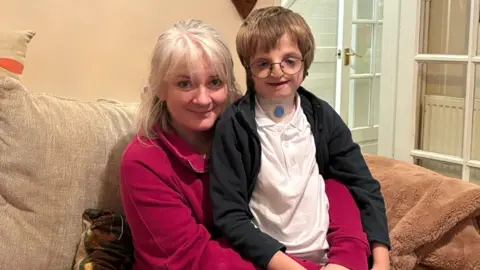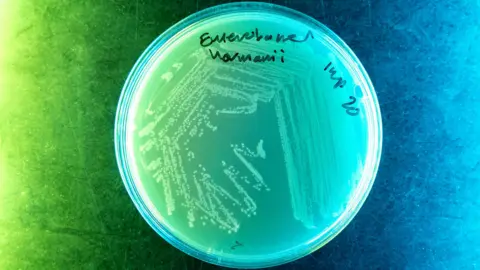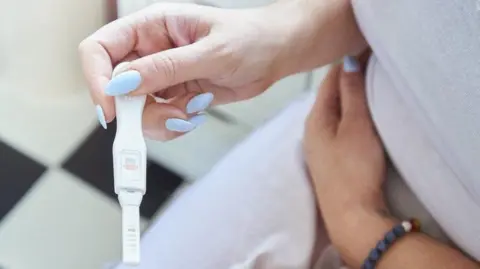The UK Foreign Office has added a further 11 countries to its list warning of the risks of methanol poisoning from tainted alcoholic drinks.
The updated travel guidance includes Bangladesh, India, Iran, Jordan, Libya, Malawi, Malaysia, Morocco, Nepal, Papua New Guinea, and Rwanda following “a global increase in the number of reported cases” of methanol poisoning.
Last month, Ecuador, Japan, Kenya, Mexico, Nigeria, Peru, Russia and Uganda were added to the existing list, following a number of high-profile incidents including the death of six tourists in Laos in 2024.
Travellers are being warned that even small amounts of methanol can cause blindness or death within 12 to 48 hours.
Methanol is a toxic industrial alcohol used in antifreeze, windscreen washer fluid and paint thinner. It is not meant for human consumption.
While it is naturally produced during the manufacture of alcoholic drinks, commercial firms reduce it to low, safe levels for human consumption through the distillation process.
But in some countries, it is illegally mixed into alcoholic drinks to cut costs, and because it is tasteless and odourless, it is impossible to detect.
The Foreign Office is running a campaign to advise on reducing risks and recognising symptoms of methanol poisoning.
Foreign Office minister Hamish Falconer said all travellers should know the signs of methanol poisoning.
“If you’re drinking spirits overseas, stick to trusted places and avoid homemade alcohol or free shots,” Falconer said.
“If something feels off, like a hangover that’s way worse than normal or vision problems – get medical help fast.”
The full list of countries listed as posing a risk of methanol poisoning are: Brazil, Bangladesh, Cambodia, Costa Rica, Ecuador, Fiji, India, Indonesia, Iran, Japan, Jordan, Kenya, Laos, Libya, Malawi, Malaysia, Mexico, Morocco, Nepal, Nigeria, Papua New Guinea, Peru, Russia, Rwanda, Thailand, Turkey, Uganda, and Vietnam.



























